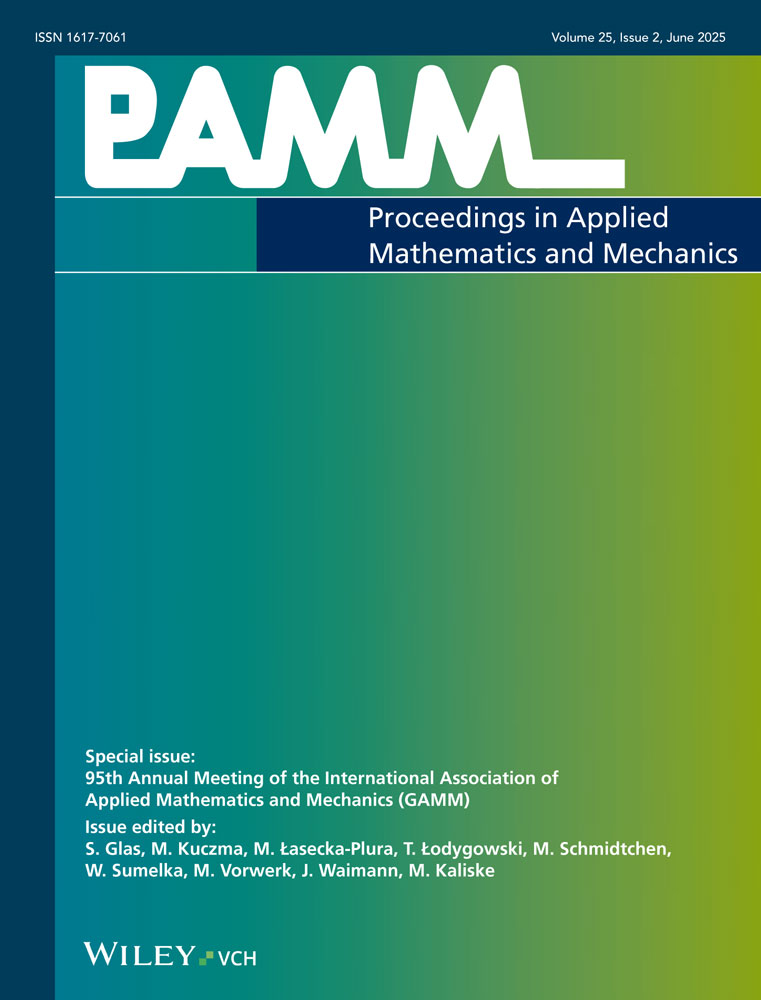On the Influence of Growth in Perfusion Dependent Biological Systems – at the Example of the Human Liver
Abstract
Biochemical reactions in the liver are a complex non-linear and time depending coupled function-perfusion-mechanisms. The metabolism of the liver, e.g. nutrient storage, is directly coupled to its blood perfusion. Growth phenomena, such as accumulation of fat, have a strong impact onto micro-perfusion within the liver. Here, we present the results of a computational model that describes selected coupled functionalities. The metabolic processes take place in the liver cells, the hepatocytes, which are arranged in a delicate system of capillaries, so called sinusoids. Nutrients, oxygen, and other components of the blood are transported through the sinusoids. Due to this highly complex inner structure of the lobules it is impracticable to give a microscopic geometrical description in a continuum mechanical manner. Therefore, a homogenization scheme based on the theory of porous media (TPM) is used; [1]. In case of the presented liver model we consider a porous solid body, that consists of tissue and fat, and a fluid representing blood. In each phase several miscible components are considered. For the microscopic cell level use has been made of an embedded set of ordinary differential equations (ODE) that mimics a simplified metabolism, e.g. glucose utilization and production; [2]. In case of growth of the fat phase we follow a phenomenological approach. Numerical examples for this coupled process are presented and discussed. (© 2015 Wiley-VCH Verlag GmbH & Co. KGaA, Weinheim)




